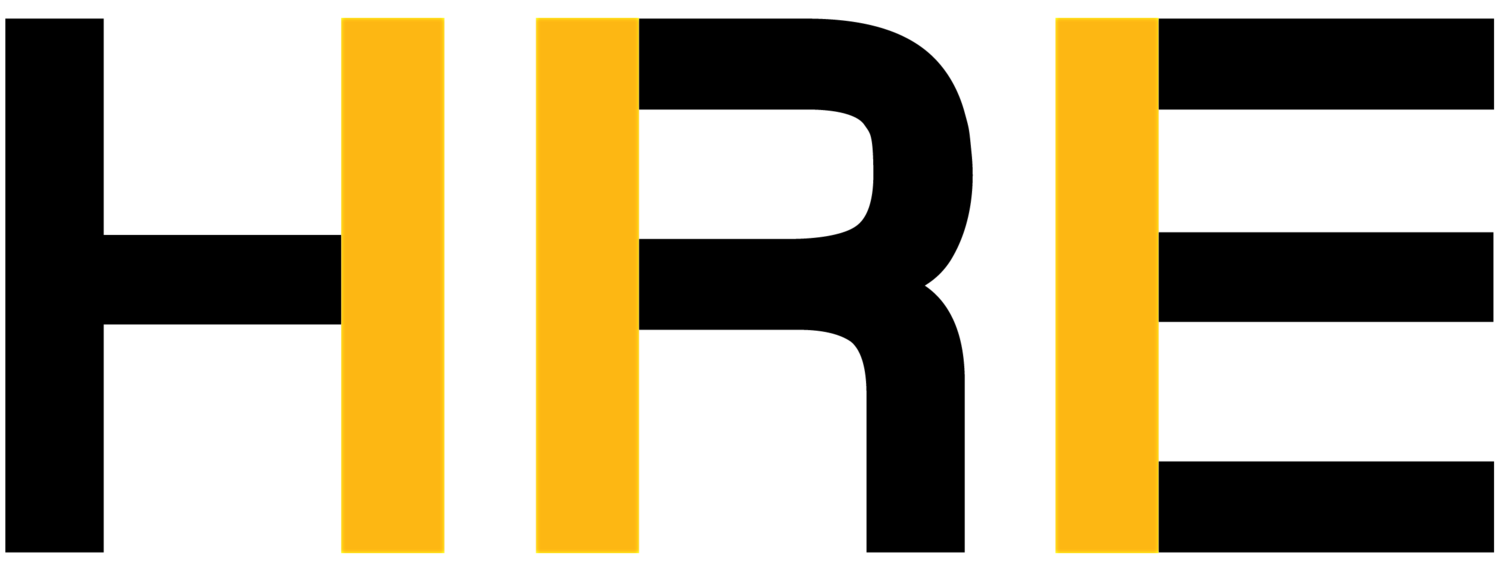PROJECT STARTUP
Project startup is a critical step that bridges the project definition and delivery phases; although startup activities could be incorporated as components of either of those two phases, it is important to acknowledge the startup activities as being distinct and address them with high priority. Startup activities generally include: prepare and execute design and construction contracts, establish and document project processes and procedures, and prepare a detailed schedule and cost model. Below are descriptions of project management services and considerations associated with project startup.
1. Design Contracts
Prepare scope of services, description of deliverables for prime design and other design consultants; prepare and execute design services contracts. All of the other services listed have direct or indirect bearing on the performance of this service. Assist with procurement if required.
2. Design-related Contracts
Identify design-related and preconstruction services required (such as surveyors, geotechnical engineers, environmental consultants, etc.) and prepare and execute contracts for the service providers. Assist with procurement if required.
3. Construction Contracts
Prepare construction services contracts. Assist with procurement if required. For some projects it may be premature to execute construction contracts during the startup stage; however, most often it is necessary to at least know the form of construction contract so that the design services can be properly coordinated with construction services. If the project is design-build, or if a builder is brought onboard early to participate in design and provide other preconstruction services, then associated construction contracts must executed during project startup.
4. Front-end Construction Contract Documents
Prepare Procurement and Contracting Requirements (CSI Div. 00), General Requirements (CSI Div. 01), and other similar "front end" contract documents required by the owner and ensure compatibility and consistency with the project delivery method and coordination with design and construction contracts.
5. Schedule
Based on the framework established by the summary schedule, prepare a detailed schedule that includes durations and interrelationships of activities, and identifies interim and major milestones. Collaborate with the design and construction teams to obtain their input and buy-in.
6. Cost
Prepare an detailed cost model that demonstrates compliance with the budget established in the project definition stage. The cost model also establishes the framework and format for cost estimates that will be prepared during the project delivery phase. This is important to ensure that costs associated with sub-budgets are properly identified and that cost estimates can be unambiguously cross-referencing with the sub-budgets.
7. Project Approvals
Identify design and other project approvals required by the owner, other stakeholders, authorities having jurisdiction over the project, and other project participants; determine forums (e.g., meetings, workshops, etc.) for soliciting input and reviewing works in progress with those entities; and establish and document processes and procedures for obtaining approvals. This has a direct bearing on schedule development and design contracts.
8. Design and Document Production Procedures and Standards
Determine project-specific design and document production procedures, including utilization of BIM, VDC, and the like, as well as rules for ownership, control, sharing and transfer of computer models and other electronic information, what the actual paper and electronic deliverables will be and how they will be used in the field, and how documents and electronic information will be used after the project is complete. Establish and document corresponding graphic, written, and electronic standards (or make project-specific revisions to existing procedures and standards). This has a direct bearing on design and construction contracts.
9. Sustainability Requirements
Determine and document sustainability requirements (including LEED certification if required or desired) and incorporate them into design and construction contracts and other relevant project documents.
* * *
Note: Services are described in general terms and from a management perspective, so where a service is described as "preparing" (or similar term) a specific work product, the actual service performed could either be leading or managing the preparation of the work product, reviewing or editing the work product if prepared by others, or in some cases actual preparation of the work product or a component of it. The approach to the services will vary as appropriate when working for either an owner, designer, or builder.
